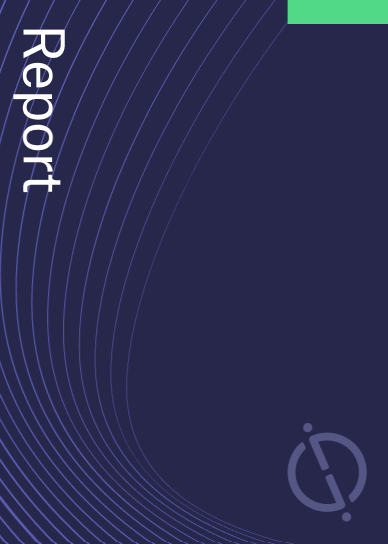Mitsubishi Paper Mills has been granted a patent for a coating solution for lithium-ion battery separators. The solution includes inorganic particles, an organic polymer binder, and carboxymethyl cellulose with a specific etherification rate or a salt thereof. The coating solution aims to provide high safety and low internal resistance in lithium-ion batteries. The patent also covers a lithium-ion battery separator comprising a substrate and a coating layer formed from the coating solution, which includes inorganic particles and carboxymethyl cellulose with a specific etherification rate, as well as magnesium hydroxide with a specific linseed oil absorption rate. GlobalData’s report on Mitsubishi Paper Mills gives a 360-degree view of the company including its patenting strategy. Buy the report here.
According to GlobalData’s company profile on Mitsubishi Paper Mills, corrosion resistant battery packaging was a key innovation area identified from patents. Mitsubishi Paper Mills's grant share as of September 2023 was 14%. Grant share is based on the ratio of number of grants to total number of patents.
A recently granted patent (Publication Number: US11735797B2) discloses a lithium-ion battery separator with improved performance. The separator consists of a substrate and a coating layer on at least one side of the substrate. The coating layer is composed of inorganic particles, an organic polymer binder, and carboxymethyl cellulose (CMC) with a specific etherification rate or a salt thereof. The inorganic particles used are magnesium hydroxide with a linseed oil absorption ranging from 30 to 80 (g/100 g).
The patent's first claim highlights the composition of the lithium-ion battery separator. It emphasizes the presence of inorganic particles, an organic polymer binder, and CMC with a specific etherification rate or a salt thereof in the coating layer. The use of magnesium hydroxide as the inorganic particles is also specified, with a linseed oil absorption range of 30 to 80 (g/100 g). This unique combination of materials aims to enhance the performance of the battery separator.
The second claim provides further details on the content of CMC in the coating layer. It states that the CMC with a specific etherification rate or salt thereof should be present in a mass ratio of 0.1 part or more to less than 2.0 parts based on 100 parts of the inorganic particles. This claim highlights the importance of the CMC content in achieving the desired properties of the battery separator.
The third claim focuses on the substrate used in the lithium-ion battery separator. It specifies that the substrate should be a nonwoven fabric. This choice of substrate material may have implications for the overall performance and characteristics of the battery separator.
Overall, this granted patent introduces a lithium-ion battery separator with a specific composition and substrate material. The combination of inorganic particles, an organic polymer binder, and CMC with a specific etherification rate or salt thereof aims to improve the performance of the separator. The use of a nonwoven fabric as the substrate further enhances the overall functionality of the battery separator. This innovation may have significant implications for the development of more efficient and reliable lithium-ion batteries.
To know more about GlobalData’s detailed insights on Mitsubishi Paper Mills, buy the report here.
Data Insights
From

The gold standard of business intelligence.
Blending expert knowledge with cutting-edge technology, GlobalData’s unrivalled proprietary data will enable you to decode what’s happening in your market. You can make better informed decisions and gain a future-proof advantage over your competitors.



